Tired of a Sun-Baked Patio? A Pro’s Guide to Real Backyard Shade
I’ve spent a good chunk of my life building things for people—decks, additions, you name it. But honestly, one of the most frequent requests I get isn’t for more space. It’s for a little relief from the blistering sun.
In this article
I’ll never forget one couple. They had this gorgeous, south-facing stone patio that got so hot by noon you could barely walk on it. They were convinced they needed to tear the whole thing out. Instead, we put up a simple, well-placed pergola. It completely transformed the space from a heat trap into their favorite spot for lunch. That project hammered home a huge lesson: good shade isn’t just about blocking light. It’s about creating a genuinely comfortable outdoor space by understanding sun, wind, and materials.
So, this isn’t going to be a list of trendy ideas you see on TV. This is a practical guide, straight from years of hands-on work. We’ll look at everything from quick fixes to permanent structures and even living shade. My goal is to give you the know-how to make a smart choice for your own backyard, whether you’re a DIY warrior or hiring a pro.
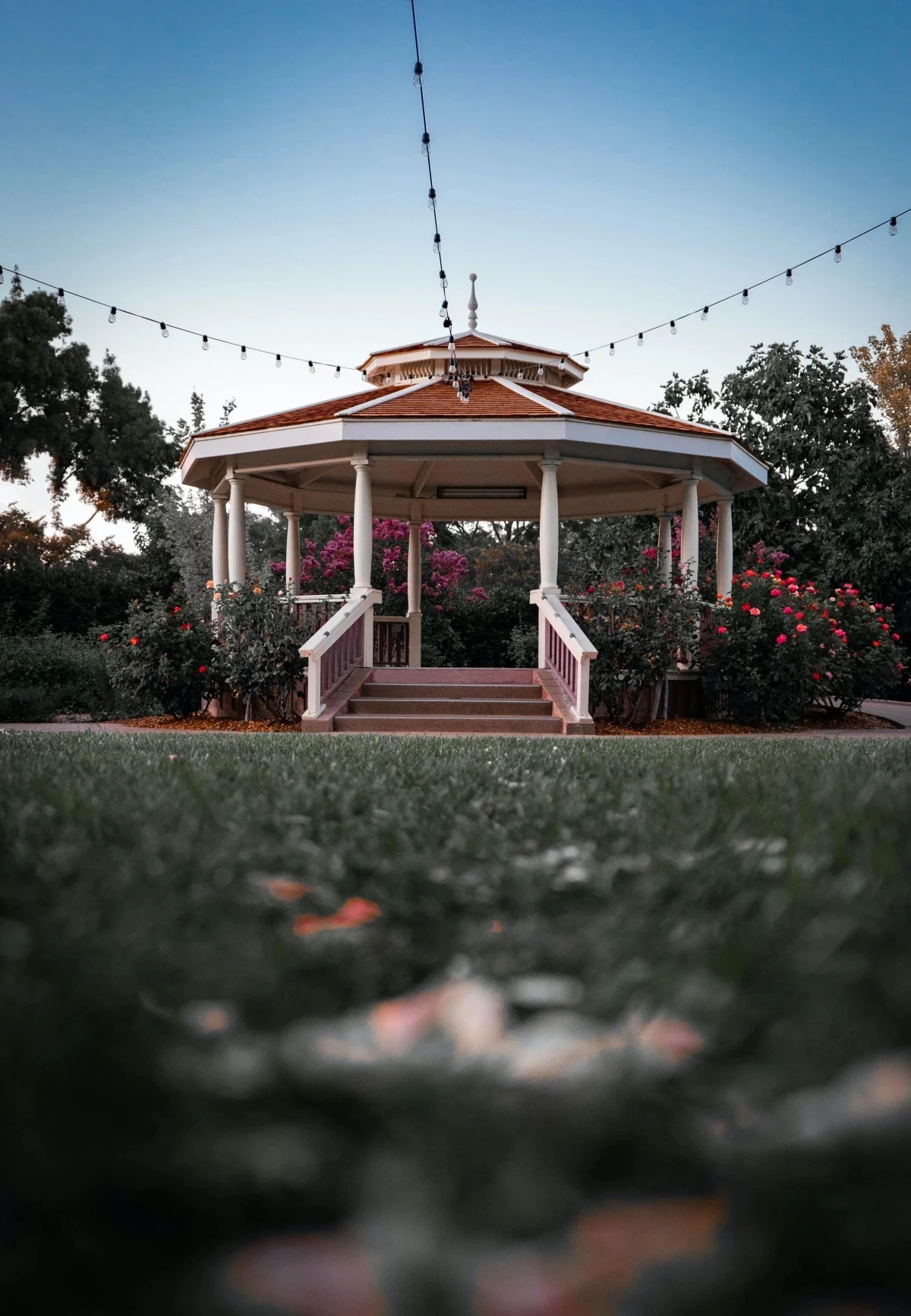
First Things First: Understanding Shade Basics
Before you even think about buying lumber or an umbrella, you’ve got to understand what you’re up against. Shade is more than just getting out of the glare; it involves some basic physics that directly affects your comfort.
The Path of the Sun
The sun isn’t just parked overhead. Its path moves across the sky all day and changes dramatically with the seasons. A spot that’s perfectly shaded in the morning can be getting blasted by the afternoon. And the high, intense sun of summer is a totally different beast than the low-angled sun of winter.
Here’s your homework this weekend: Go out at 9 AM, 1 PM, and 5 PM and take a picture of your patio from the exact same spot. Seriously, do it. This creates your own personal sun map and will tell you exactly where your problem areas are and when they’re a problem. This is critical. A pergola designed to block high noon sun won’t do a thing if your real issue is the low, blinding sun that hits your dinner table at 6 PM.
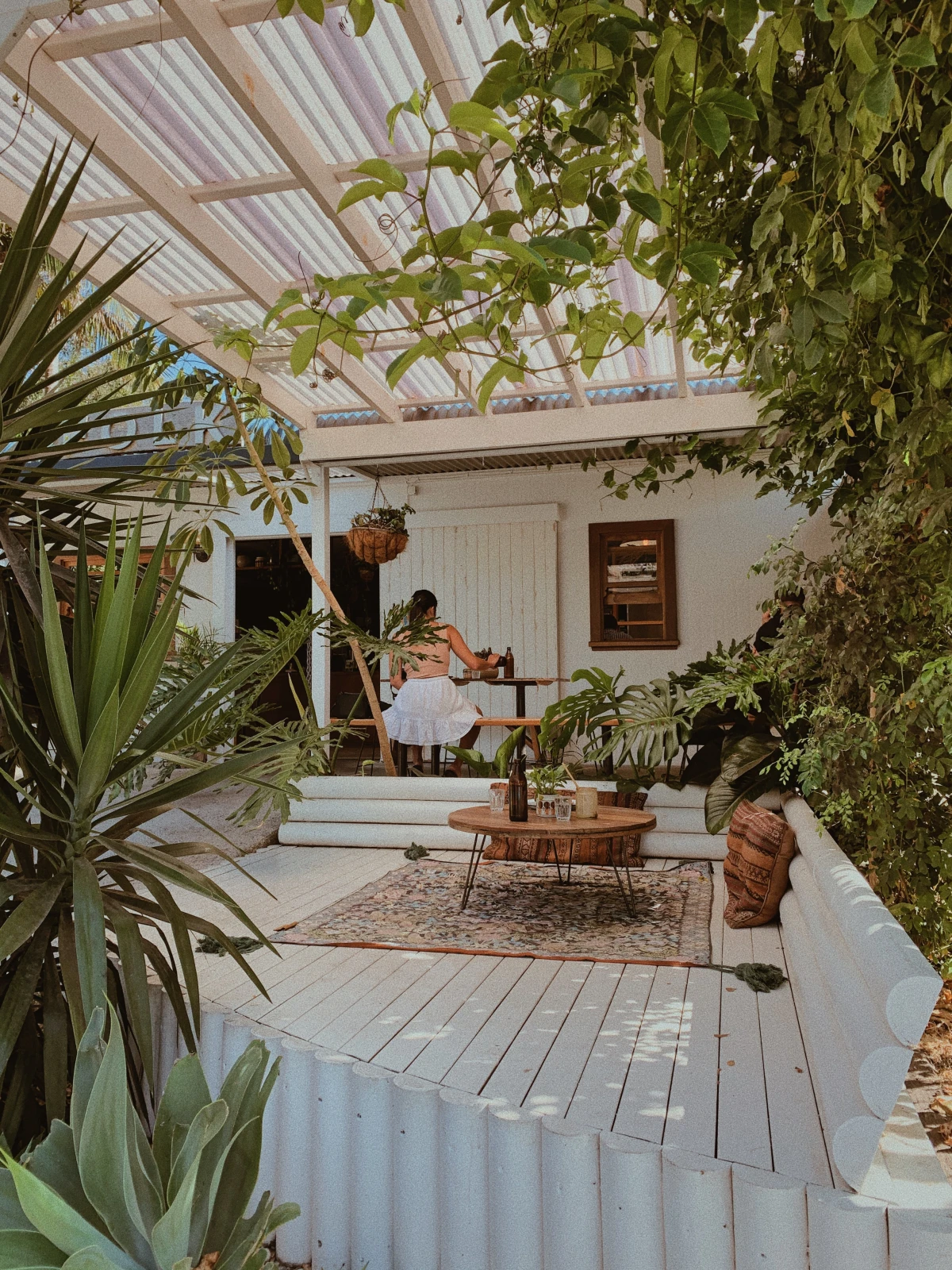
Not All Shade is Created Equal
The dappled shade under a tree just feels different from the shade under a solid roof, right? That comes down to two things: heat transfer and airflow. A solid, dark-colored roof can absorb a ton of solar energy and radiate that heat down on you, making it feel stuffy if there’s no breeze. In contrast, a slatted pergola or a breathable fabric canopy lets hot air rise and escape. That convection is why a light breeze under a pergola feels so amazing—it’s actively pulling heat away from you.
Then there’s UV radiation. Just being in the shade doesn’t mean you’re 100% protected. Some materials are way better at blocking UV rays. When you see fabric canopies with a UPF (Ultraviolet Protection Factor) rating, that’s what it means. A UPF of 50, for example, allows only 1/50th of UV rays through. For wooden structures, the density of the overhead slats determines the protection level.
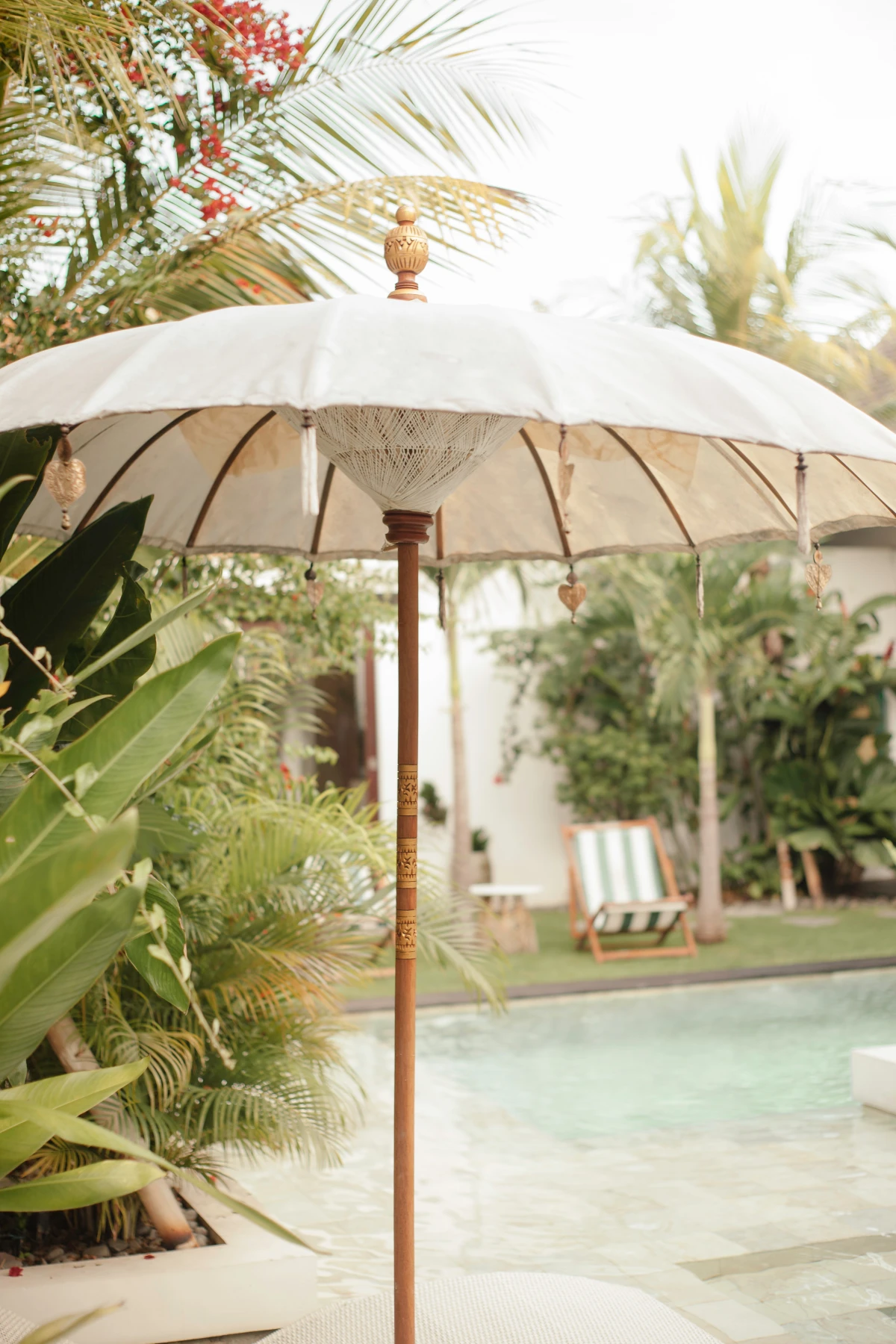
Quick & Flexible Fixes: Umbrellas and Canopies
These are the fastest, most flexible solutions out there. They’re perfect for renters or if you just need shade in different spots at different times. But man, there is a world of difference between a cheap, one-season-wonder and a quality tool that will last.
Let’s Talk About Umbrellas
A good umbrella is a simple, effective machine. A bad one is a frustrating piece of junk that’s just waiting to break. The number one failure I see is an inadequate base. Here’s a pro rule of thumb: you need at least 10 pounds of base weight for every foot of the umbrella’s diameter. So for a typical 9-foot umbrella, that’s a 90-pound base, minimum. For those popular cantilever (offset) umbrellas, you need way more—often 200 pounds or more—because the physics are working against you.
When you’re shopping, look for an aluminum frame with a powder-coated finish; it’s light and won’t rust. Fiberglass ribs are a fantastic feature because they flex in the wind instead of snapping. But the real giveaway for quality is the fabric. Cheap polyester will fade in a single season. You want solution-dyed acrylic or olefin fabrics. A great brand to look for is Sunbrella—it’s the industry standard for fade and mildew resistance. A basic umbrella might run you $50, but expect to pay between $200 and $500 for one with a quality frame and Sunbrella fabric. It’s worth it.
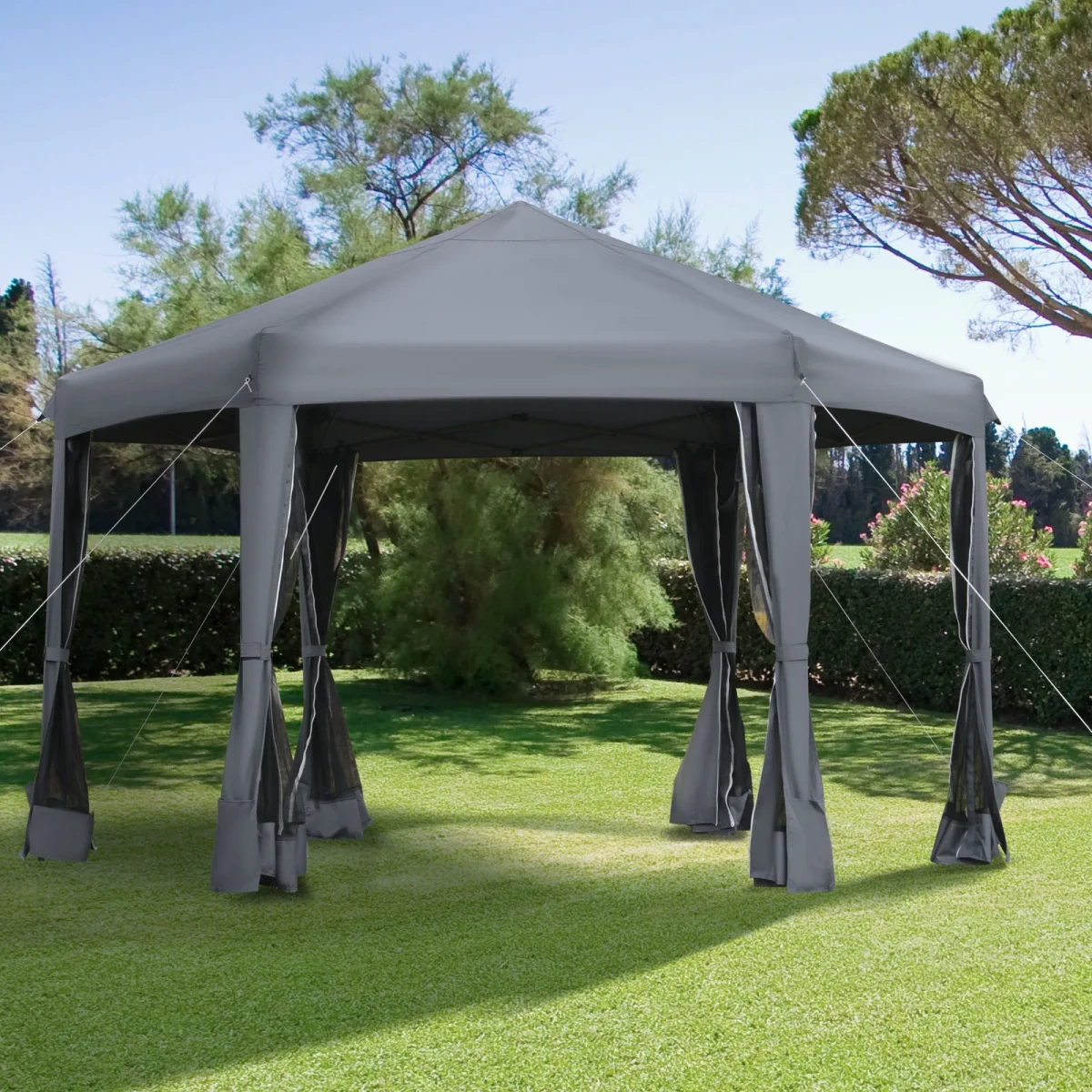
Heads up! I once saw a cantilever umbrella, improperly weighted on a client’s deck, get picked up by a sudden gust. It flew across the yard and smashed a window. Always, always close your umbrella when you’re not using it. It takes 30 seconds and can save you a huge headache.
Pop-Up Canopies: For More Than Just Tailgating
Pop-up canopies are great, but the $70 model from the big-box store is not the same as a commercial-grade version. If you plan to use one regularly, look for straight legs, which are more stable and cover their full footprint (a 10×10 canopy actually shades a 10×10 area). The cheap slanted-leg versions are less stable and shade a smaller area.
And for the love of all that is holy, anchor it properly. The flimsy little stakes they come with are a joke. On grass, get some heavy-duty, screw-in style stakes. On a patio or driveway, you absolutely must use weights. I tell my crew to plan for at least 40 pounds per leg for a standard 10×10. You can find dedicated canopy sandbags at places like Home Depot or online for about $20-$40 a set. They’re much better than sloshing gallon jugs of water.
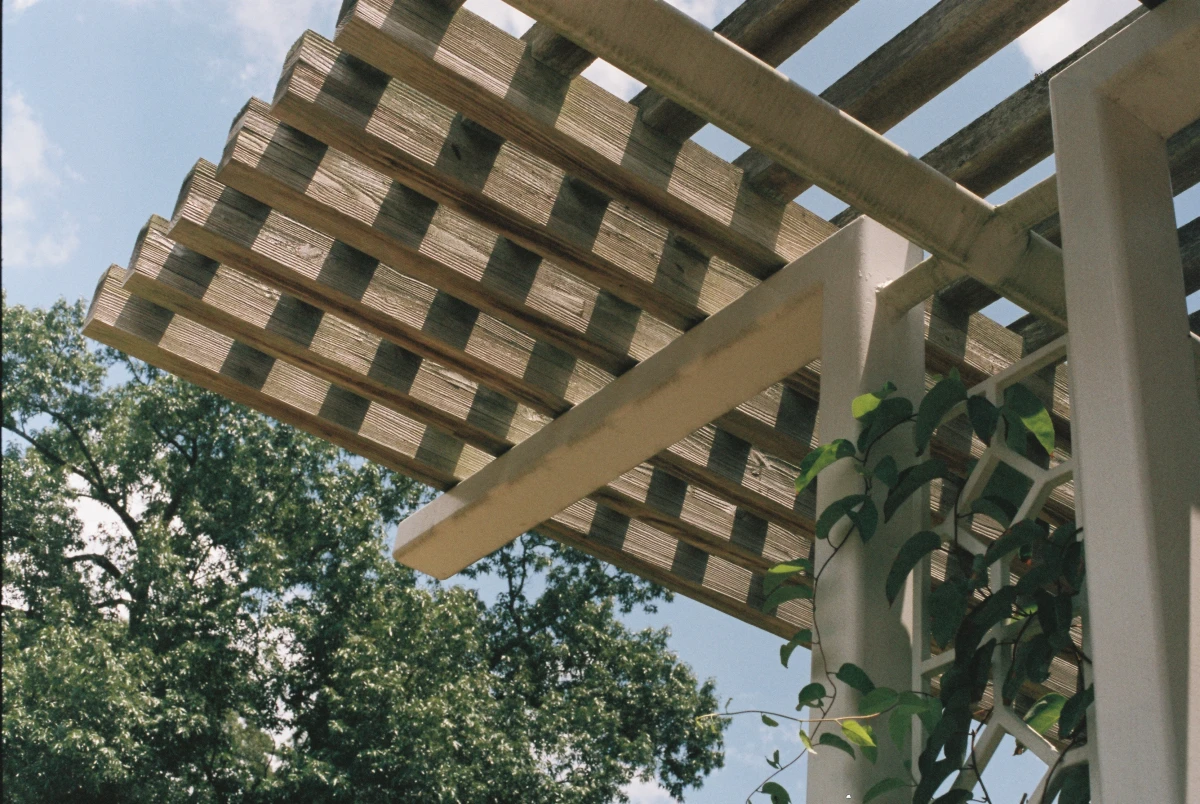
Moving Up: The Versatile Pergola
This is where we get into real construction. I love building pergolas because they do more than just provide shade—they define an outdoor room. They create a sense of enclosure and add a beautiful vertical element to your yard without blocking breezes.
How a Pergola Makes Shade
A pergola’s magic is in its partial, broken shade. You control the amount of shade with the size, spacing, and orientation of the top boards (rafters). For maximum midday shade in the summer, run the top boards north-to-south to intercept the high sun as it moves east to west. Space them wider apart if you want more sun to peek through. Some high-end designs even use angled louvers calculated to block the summer sun’s angle while letting the lower winter sun pass through for warmth.
Choosing Your Materials
This decision impacts your budget, the final look, and how much time you’ll spend on maintenance. Let’s break it down without a confusing chart.
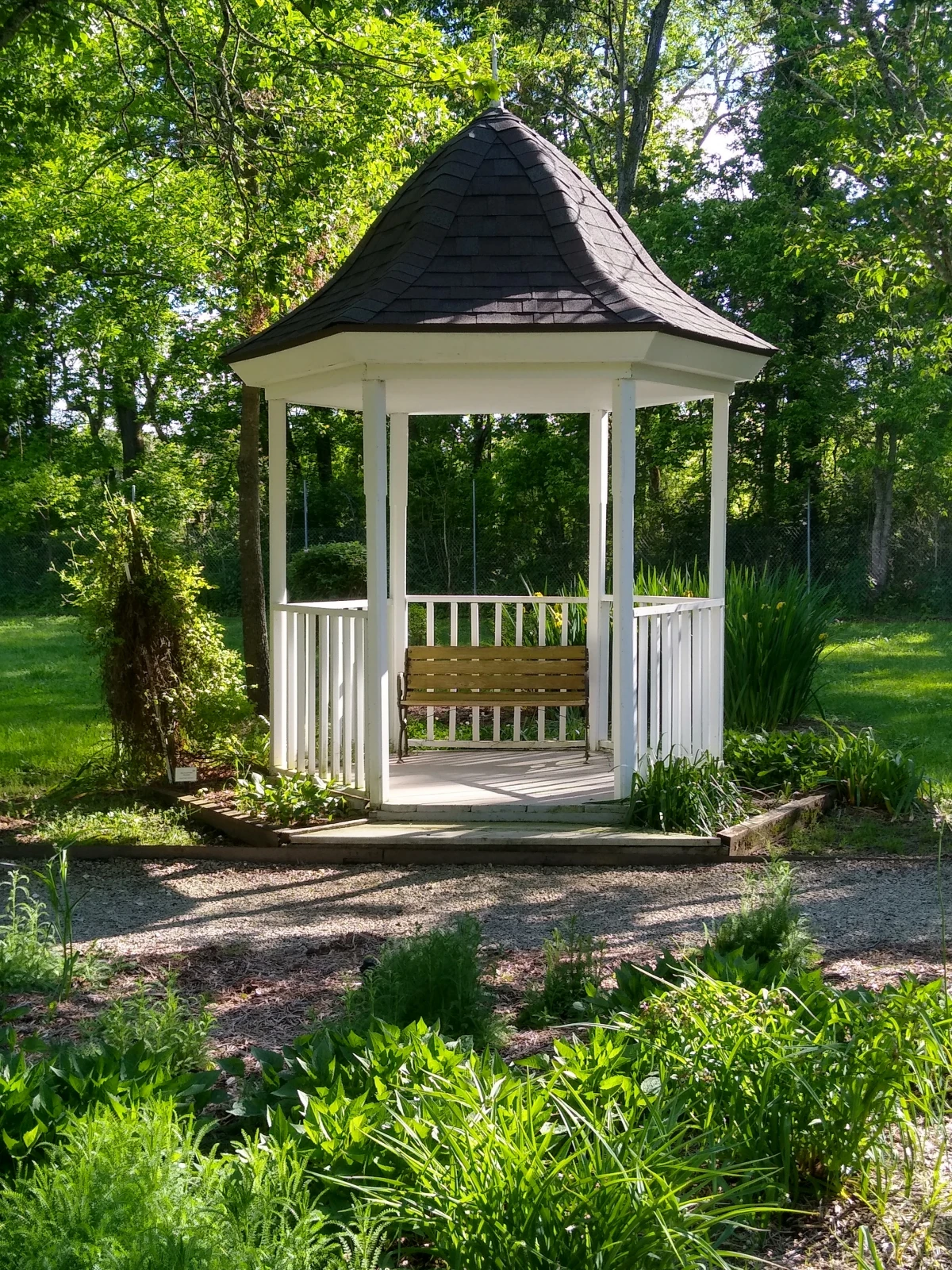
- Pressure-Treated (PT) Pine: This is the budget workhorse. It’s protected from rot and bugs, but it’s known for twisting and cracking as it dries. It absolutely must be stained or sealed. Good to know: You have to let it dry out for 3-6 months first. Do the “sprinkle test”—if a few drops of water soak in, you’re good to go. If they bead up, wait longer. For a standard 10×10 DIY pergola, you’re probably looking at around $800 in materials.
- Cedar or Redwood: This is the pro’s choice for wood. These woods are naturally resistant to rot and insects, they’re stable (less twisting), and they look fantastic. They cost more, but the quality is undeniable. The same 10×10 project in cedar might run you closer to $1,500 in materials, but the maintenance is lower and it will last longer.
- Vinyl & Metal: These are your low-maintenance champs. You never have to paint or stain them. Quality vinyl can look surprisingly good, but it’s pricey. Aluminum is lightweight, strong, and won’t rust, offering a more modern aesthetic.
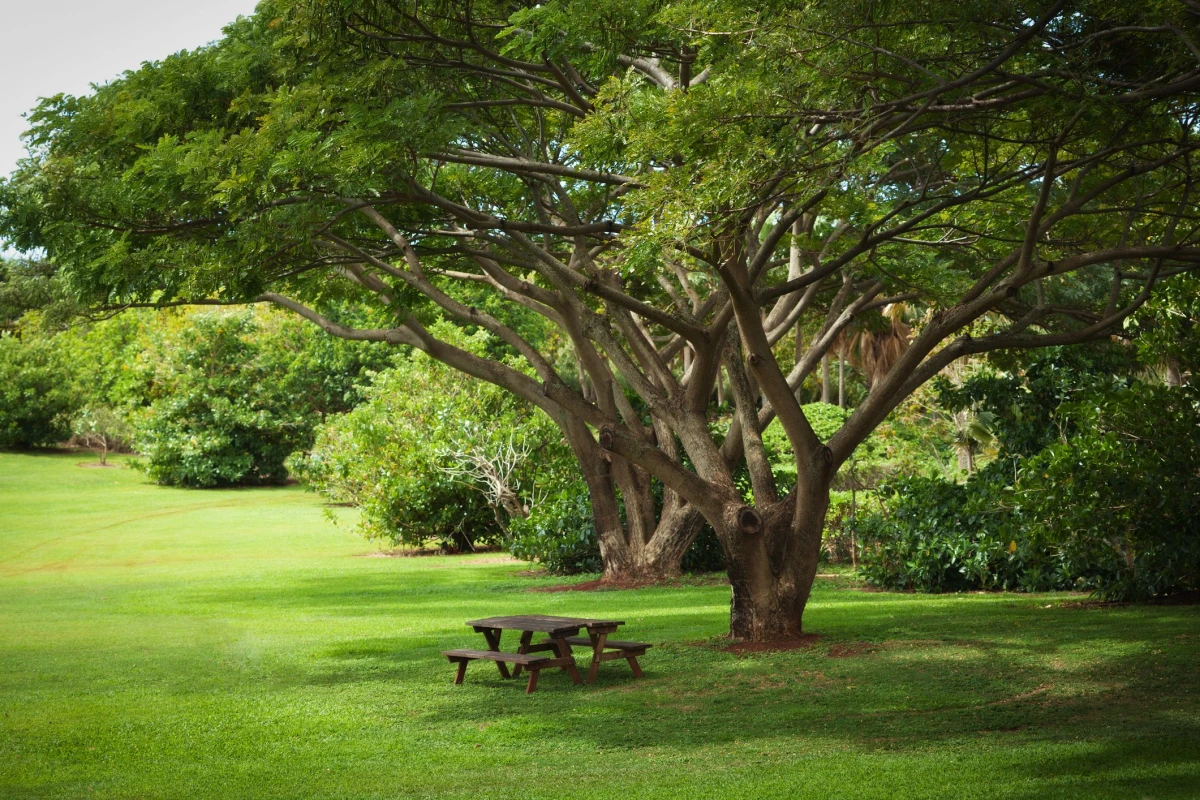
Building It Right: The Details That Matter
A well-built pergola will stand for decades. The difference is in the details you don’t always see.
Quick Tip: Your posts must be anchored in concrete footings that go below your local frost line. In a cold climate, that could be 42 inches deep; in a warm one, maybe 18 inches. If you’re not sure, don’t guess! Call your town’s building department and ask two simple questions: 1) Do I need a permit for a pergola? (Often no, if it’s under a certain size, like 200 sq. ft.) and 2) What is the required footing depth here? They’re happy to tell you.
And here’s a lesson that will save you a world of hurt down the road. Never set wood posts directly in concrete. Moisture will wick up and rot the post from the inside out. Always pour the concrete footing first, set a galvanized post bracket (like a Simpson Strong-Tie ABA44Z, an industry standard) into the wet concrete, and then bolt your post to the bracket after the concrete has cured for a day or two. That one-inch air gap is the secret to a long-lasting structure.

Going All In: Pavilions and Gazebos
Okay, now we’re talking about serious, permanent structures. These are more like small buildings than garden accessories, and for most people, this is not a DIY project. A traditional gazebo is a true outdoor room with a solid roof, perfect for protecting dining furniture from sun and rain. A pavilion is typically a larger, rectangular structure—the ultimate hub for an outdoor kitchen or living room.
When a client asks for a pavilion, my first question is always about utilities. Lights? A ceiling fan? Outlets for a TV? A gas line for a grill? That all has to be planned before the foundation is poured. Forgetting to run a conduit for electrical is a very expensive mistake to fix later.
Let’s be frank about the budget. A well-built pavilion is an extension of your home. Don’t be shocked if a professionally installed 12×16 pavilion with a simple roof and no utilities starts around $15,000 and goes up fast from there. It’s a major project, but it adds tremendous value and usability to your property.
The Natural Solution: Living Shade
The most beautiful and sustainable shade of all comes from trees and plants. It’s a long-term play, but it pays off big time. The best approach is to plant deciduous trees (the ones that lose their leaves) on the south and west sides of your patio. In summer, their leaves provide dense, cooling shade. In winter, the bare branches let the sun through to warm things up.
Just be smart about it. I’ve seen foundations cracked by tree roots planted too close to a house years ago. Know the mature size of a tree’s canopy and its root system before you plant. And a word of caution for pergolas: vines are a wonderful way to create a living canopy, but be careful with heavy, aggressive ones like Wisteria. They can get so heavy they can pull down a structure that wasn’t built to handle the load.
Making the Call
Choosing the right shade is really about being honest about your needs, your budget, and how much work you want to do. A simple umbrella might be perfect. A growing family that loves being outside might find that a permanent pavilion is a fantastic investment. The key is to plan carefully, respect the power of sun and wind, and build it right the first time. A great shade structure isn’t just a shield from the sun—it becomes the heart of your outdoor life.
Inspirational Gallery
A question of character: Wood or metal for your pergola? Natural cedar or redwood weathers beautifully and blends with garden settings, offering a classic, warm feel. Powder-coated aluminum or steel, on the other hand, provides a sleek, modern look with minimal maintenance, standing up to the elements without warping or pests. The choice defines the entire aesthetic of your outdoor room.
Looking for
Is your shade sail sagging or pooling with water after a storm?
This is a common issue caused by insufficient tension or a shallow angle. To fix it, ensure at least one corner is mounted significantly lower than the others to create a clear runoff path. When installing, use high-quality stainless steel turnbuckles to achieve drum-tight tension. A well-tensioned sail from a brand like Coolaroo or Colourtree is not only more effective but also much more resistant to wind damage.
Most high-quality shade fabrics block up to 98% of harmful UV rays.
That’s a higher Ultraviolet Protection Factor (UPF) than many sunscreens. This rating, common for fabrics like Sunbrella, refers to how much UV radiation (both UVA and UVB) is blocked. A fabric with a UPF 50 rating, for instance, allows only 1/50th (or 2%) of the sun’s UV rays to pass through, making the shade you create not just cooling but a genuine layer of protection for your family’s skin.
Don’t underestimate the power of dappled light. The shifting patterns of sun and shadow created by a slatted pergola roof or a leafy tree canopy do more than just cool the air. This dynamic light mimics a natural forest floor, creating a psychologically calming effect that feels more gentle and organic than the deep, static shade of a solid roof. It’s an atmosphere you feel as much as you see.
Shade Sail: A flexible, architectural, and often budget-friendly option. They’re great for covering odd-shaped areas but offer little protection from rain and must be properly tensioned to handle wind.
Retractable Awning: Provides on-demand shade and rain protection right off the side of your house. More expensive, and its mechanical parts, like those from a brand like Sunsetter, require occasional maintenance.
The best choice depends on whether you prioritize aesthetic flexibility or all-weather convenience.
- Block the harsh midday sun but let in the gentle morning light.
- Close completely to provide a waterproof roof during a surprise shower.
- Tilt to create air circulation on a stuffy day.
The secret? A motorized louvered pergola. Systems from brands like Struxure or Azenco use adjustable slats that can be controlled with a remote, offering the ultimate adaptable shade solution—a solid roof and an open-air pergola all in one.
A crucial warning for cantilever umbrellas: Their convenience is matched by their vulnerability to wind. Always use the weighted base recommended by the manufacturer (or even go heavier), and never leave a large umbrella open and unattended. A sudden gust of wind can turn it into a dangerous, thousand-dollar projectile.










